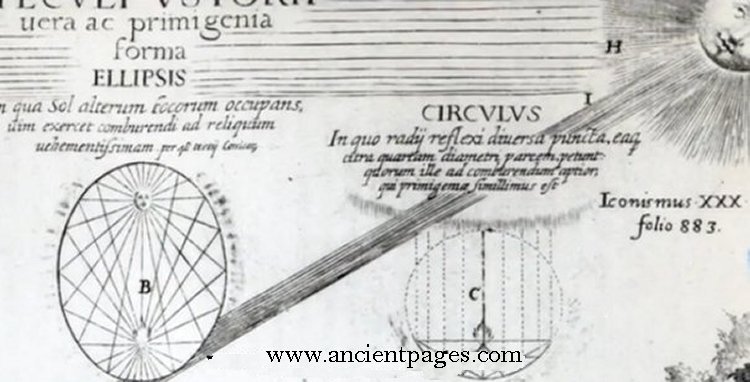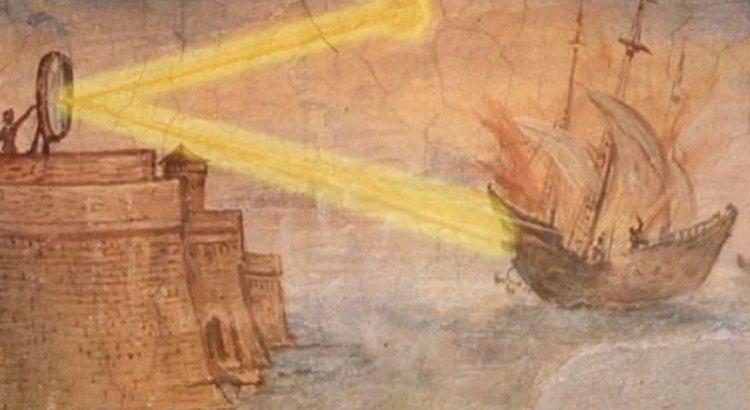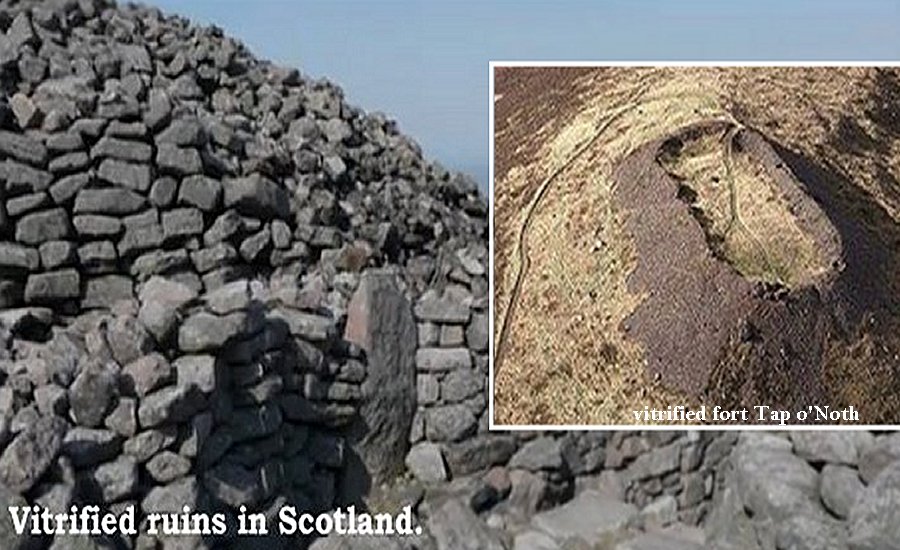Shining Ones, Archimedes Death Ray And Mystery Of Vitrified Forts In Scotland
Ellen Lloyd - AncientPages.com - Is it possible that death rays were used in ancient times? Can we find any traces that could offer evidence our ancestors were familiar with deadly high-tech weapons?
We begin our journey in ancient Greece where we encounter an intriguing description of how the Greek mathematician and scientist Archimedes, born in 287 B.C. , created a weapon that was based on technology and ideas far ahead of his time.
"Probably the most famous ancient death ray was the one that was built by the Greek inventor Archimedes.
He was able to create this giant mirror and parabolic disc and focus the sun's rays on a fleet and set the ships on fire," says David Hatcher Childress.
Was Archimedes really able to build such a formidable weapon?
If death ray weapons had been used in ancient times, there should be some form of tangible proof.
In fact, if we visit Scotland we find a number of ancient mysterious ruins. Many of them appear to be forts. The vitrified ruins of Scotland are one of the greatest mysteries of archaeology.
These ruins date back thousands of years. Many of them were subjected to a fire so intense that it practically turned the stone structure into glass.
This is a process generally known as vitrification. In order to achieve vitrification, temperatures in excess of 1000 degrees Centigrate would need to be applied consistently over large areas of the wall, in close proximity for a significant period of time.
See also:
Archimedes From Syracuse – Master Of Science Whose Legacy Still Remains Powerful
Archimedes’ Screw: Ancient Invention Used To Transfer Water To Higher Levels
Based on what is currently known, there are least 60 such forts scattered throughout Scotland.
Among the most well-known are Tap o'Noth, Dunnideer, Craig Phadraig (near Inverness), Abernathy (near Perth), Dun Lagaidh (in Ross), Cromarty, Arka-Unskel, Eilean na Goar, and Bute-Dunagoil on the Sound of Bute off Arran Island. Another well-known vitrified fort is the Cauadale hill-fort in Argyll, West Scotland.
One of the best examples of a vitrified fort is Tap o'Noth, which is near the village of Rhynie in northeastern Scotland. This massive fort from prehistory is on the summit of a mountain of the same name which, being 1,859 feet (560 meters) high, commands an impressive view of the Aberdeenshire countryside. At first glance it seems that the walls are made of a rubble of stones, but on closer look it is apparent that they are made not of dry stones but of melted rocks!
Considering the high temperatures which have to be produced, and the fact that possibly sixty or so vitrified forts are to be seen in a limited geographical area of Scotland, it is highly unlikely that this type of structure is the result of accidental fires.
The vitrified ruins of Scotland raise a number of unanswered questions. Were these structures built as a means of defense? Was the vitrification the result of design or accident? How was the vitrification produced?
In this vitrification process, huge blocks of stones have been fused with smaller rubble to form a hard, glassy mass. A number of explanations for the vitrification have been put forward, but none of them is universally accepted.
Who or what could have subjected the ruins to extreme heats (over 1000?C), causing the rocks to melt and fuse together? Conventional fire could not have reached such heat.
Could a form of Greek fire have been responsible for the vitrification? Were ancient atomic weapons used in the distant past?
Are the ruins a result of a man-made apocalypse of a chemical nature? Many supporters of the Ancient Astronauts theory believe that the vitrified ruins fortifications found in Scotland should be considered evidence that death rays were used in ancient times.
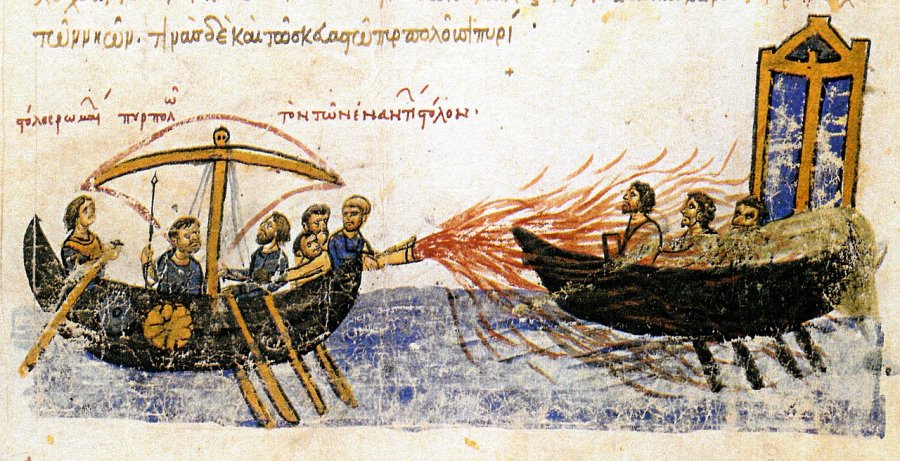
A Byzantine ship uses Greek fire against a ship of the rebel, Thomas the Slav, 821. 12th century illustration from the Madrid Skylitzes. Image credit: wikipedia
Can we find some information that could cast light on the mystery by investigating Celtic legends?
One of the Shining Ones in Ireland, was a god called Lugh. According to Celtic legend, Lugh was the Sun God and the God of War. Lugh possessed several deadly weapons, including a mighty magic spear. According to Irish mythology, in battle, the spear flashed fire and tore through the enemy ranks unchecked.
Vitrified ruins can be found in other parts of the world, such a France, Turkey, the Middle East, California's Death Valley and many other places.
Myth and legends from all across the world, tell of gods who possessed fantastic weapons that seemed like magic to our ancestors.
Today, our modern society has similar weapons. If we have been able to develop death rays, nuclear bombs, biological and chemical weapons, is it then not perhaps possible that an unknown highly advanced ancient civilization also had access to similar weapons?
Copyright © AncientPages.com & Ellen Lloyd All rights reserved. This material may not be published, broadcast, rewritten or redistributed in whole or part without the express written permission of AncientPages.com and Ellen Lloyd
About the author:
Ellen Lloyd – is the owner of AncientPages.com and an author who has spent decades researching ancient mysteries, myths, legends and sacred texts, but she is also very interested in astronomy, astrobiology and science in general.
More From Ancient Pages
-
 Zerzura – Lost Ancient Sahara Oasis Guarded By Black Giants
Featured Stories | Jun 10, 2020
Zerzura – Lost Ancient Sahara Oasis Guarded By Black Giants
Featured Stories | Jun 10, 2020 -
 Hulagu Khan Destroyed Thousands Of Priceless Ancient Books Kept In The House Of Wisdom In Baghdad
Ancient History Facts | Jun 21, 2018
Hulagu Khan Destroyed Thousands Of Priceless Ancient Books Kept In The House Of Wisdom In Baghdad
Ancient History Facts | Jun 21, 2018 -
 Earliest Evidence Of Humans Using Fire To Shape The Landscape Of Tasmania
Archaeology | Nov 19, 2024
Earliest Evidence Of Humans Using Fire To Shape The Landscape Of Tasmania
Archaeology | Nov 19, 2024 -
 Marriage And Divorce In Ancient Egypt Were Different But Uncomplicated
Ancient History Facts | Dec 12, 2018
Marriage And Divorce In Ancient Egypt Were Different But Uncomplicated
Ancient History Facts | Dec 12, 2018 -
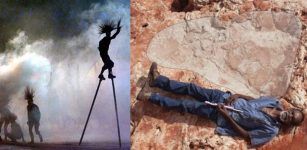 Aboriginal Creation Story Of Marala Was True – World’s Largest Dinosaur Footprints Confirm Ancient Creation Myth
Archaeology | Mar 29, 2017
Aboriginal Creation Story Of Marala Was True – World’s Largest Dinosaur Footprints Confirm Ancient Creation Myth
Archaeology | Mar 29, 2017 -
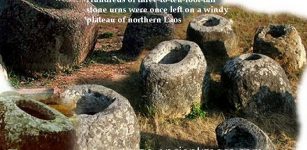 Mysterious Jars In Laos – Long-Lasting Mystery Is Still Unsolved
Archaeology | May 20, 2019
Mysterious Jars In Laos – Long-Lasting Mystery Is Still Unsolved
Archaeology | May 20, 2019 -
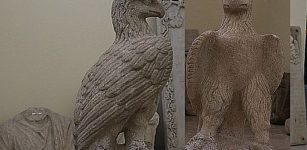 Two 2,000-Year-Old Marble Eagle Statues Found In Anatolian Hellenistic Temple
Archaeology | Aug 12, 2019
Two 2,000-Year-Old Marble Eagle Statues Found In Anatolian Hellenistic Temple
Archaeology | Aug 12, 2019 -
 Change Of Burial Tradition Among The People of Early Medieval Europe
Archaeology | Aug 6, 2021
Change Of Burial Tradition Among The People of Early Medieval Europe
Archaeology | Aug 6, 2021 -
 Accidental Discovery Of Large Trove Of 14th Century Gold And Silver Coins In West Bohemia
Archaeology | Aug 13, 2020
Accidental Discovery Of Large Trove Of 14th Century Gold And Silver Coins In West Bohemia
Archaeology | Aug 13, 2020 -
 Why Was Grette The Strong, Icelandic Poet And Warrior Afraid Of Darkness?
Featured Stories | Sep 30, 2023
Why Was Grette The Strong, Icelandic Poet And Warrior Afraid Of Darkness?
Featured Stories | Sep 30, 2023 -
 Legend Of The Blue Men Of Minch: Were They Mythological Creatures Or Real Men?
Featured Stories | May 13, 2016
Legend Of The Blue Men Of Minch: Were They Mythological Creatures Or Real Men?
Featured Stories | May 13, 2016 -
 Ancient Roman Altarpieces Deciphered And New Roman Goddess Uncovered In The Netherlands
Archaeology | Jun 18, 2024
Ancient Roman Altarpieces Deciphered And New Roman Goddess Uncovered In The Netherlands
Archaeology | Jun 18, 2024 -
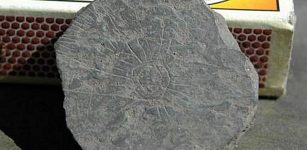 More Than 300 ‘Sun Stones’ Dated To Stone Age Discovered On Danish Island Of Bornholm
Archaeology | Dec 20, 2017
More Than 300 ‘Sun Stones’ Dated To Stone Age Discovered On Danish Island Of Bornholm
Archaeology | Dec 20, 2017 -
 Selinunte: Latest Excavations Bring To Light A New Small Temple – What Ritualistic Practices Will Be Revealed One Day?
Archaeology | Aug 12, 2024
Selinunte: Latest Excavations Bring To Light A New Small Temple – What Ritualistic Practices Will Be Revealed One Day?
Archaeology | Aug 12, 2024 -
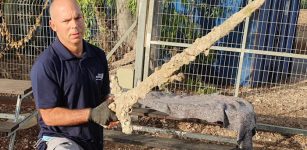 A 900-Year-Old Crusader Sword Discovered Off The HaCarmel Coast, Israel
Archaeology | Oct 20, 2021
A 900-Year-Old Crusader Sword Discovered Off The HaCarmel Coast, Israel
Archaeology | Oct 20, 2021 -
 Mysterious Sumerian Star Tablet And Strange Divine Omens – Communication With The Gods – Part 2
Featured Stories | Feb 18, 2021
Mysterious Sumerian Star Tablet And Strange Divine Omens – Communication With The Gods – Part 2
Featured Stories | Feb 18, 2021 -
 Curly Hair Protected The Brain Of Early Humans And Helped It Grow
Human Beginnings | Aug 31, 2023
Curly Hair Protected The Brain Of Early Humans And Helped It Grow
Human Beginnings | Aug 31, 2023 -
 Major Puzzle In Mammal Skull Shape Evolution Solved
Evolution | Dec 20, 2023
Major Puzzle In Mammal Skull Shape Evolution Solved
Evolution | Dec 20, 2023 -
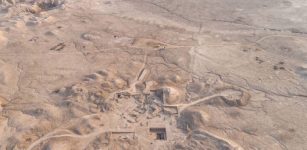 4,500-Year-Old Sumerian Palace Discovered In The Ancient City Of Girsu
Archaeology | Feb 20, 2023
4,500-Year-Old Sumerian Palace Discovered In The Ancient City Of Girsu
Archaeology | Feb 20, 2023 -
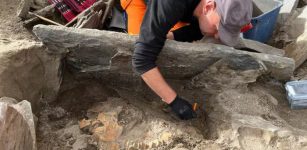 ‘Sensational’ Discovery Of Large Untouched 4,000-Year-Old Grave In Norway
Archaeology | Nov 10, 2023
‘Sensational’ Discovery Of Large Untouched 4,000-Year-Old Grave In Norway
Archaeology | Nov 10, 2023

